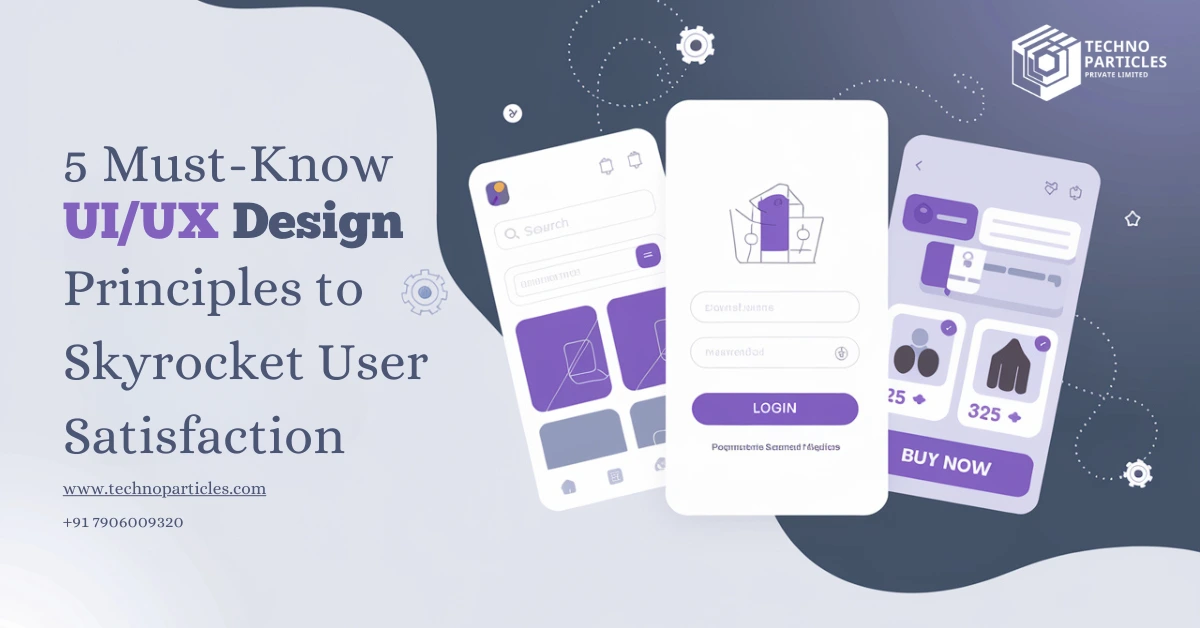Introduction
In today's digital era, UI/UX design plays a crucial role in determining the success of a product or service. A well-crafted design not only captures users’ attention but also significantly enhances their experience and satisfaction. By understanding and implementing effective UI/UX principles, designers can create interfaces that are not only visually appealing but also easy and enjoyable to use.
Importance of UI/UX Design in User Satisfaction
User satisfaction is highly influenced by the ease, intuitiveness, and aesthetics of a design. When a design is user-friendly, it creates positive experiences, leading to higher engagement, retention, and loyalty. In contrast, poor design can frustrate users, causing them to abandon a product or service. Therefore, UI/UX design is essential for fostering long-lasting relationships with users and ensuring they return to the platform.
Overview of Key Principles
To create a seamless experience, designers rely on fundamentalUI/UX principles that guide the design process. By focusing on consistency, simplicity, and a user-centered approach, these principles help in crafting designs that not only look good but are also highly functional.
Principle 1: Consistency and Simplicity
Keeping Design Elements Uniform
Consistency across all elements of a design—such as colors, fonts, buttons, and layouts—ensures that users can easily navigate and interact with the interface. Uniformity gives users confidence as they move through the product, knowing that each part of the design will behave in a predictable way.
Reducing Cognitive Load for Users
Simplicity in design minimizes distractions and helps users focus on what truly matters. When users encounter an uncluttered, straightforward interface, they can easily understand and engage with the content, reducing cognitive strain and making the experience more enjoyable.
Principle 2: User-Centric Design
Understanding User Needs and Preferences
A user-centric approach involves putting users at the heart of the design process. By understanding their needs, preferences, and behaviors, designers can create solutions tailored specifically to the target audience, ensuring that the interface resonates with them.
Conducting User Research and Testing
User research and testing are vital components of the user-centered design process. Through surveys, interviews, and usability testing, designers gather valuable feedback, identify potential pain points, and make data-driven improvements to the interface. This process helps in creating a design that is not only visually appealing but also functional and effective. These principles serve as the foundation of effective UI/UX design, ensuring a balance between form and function to create an experience that keeps users engaged and satisfied.







Leave a comment